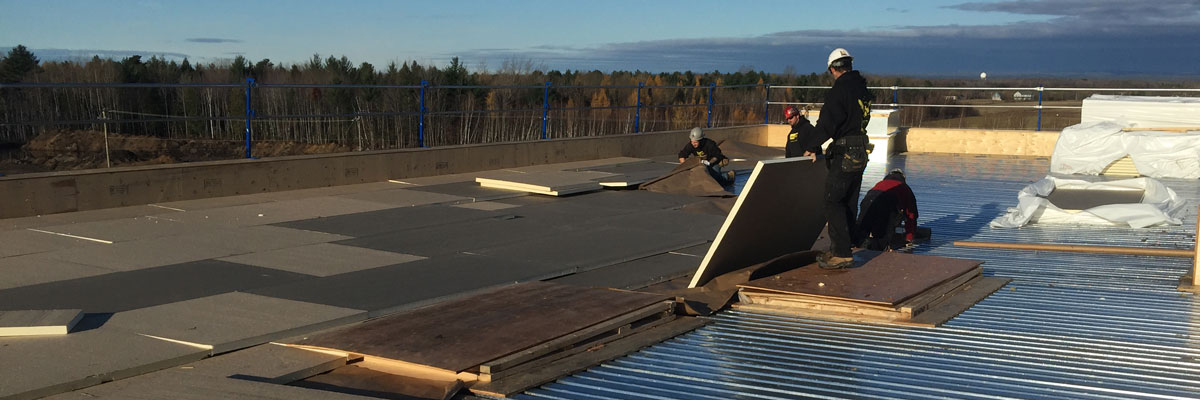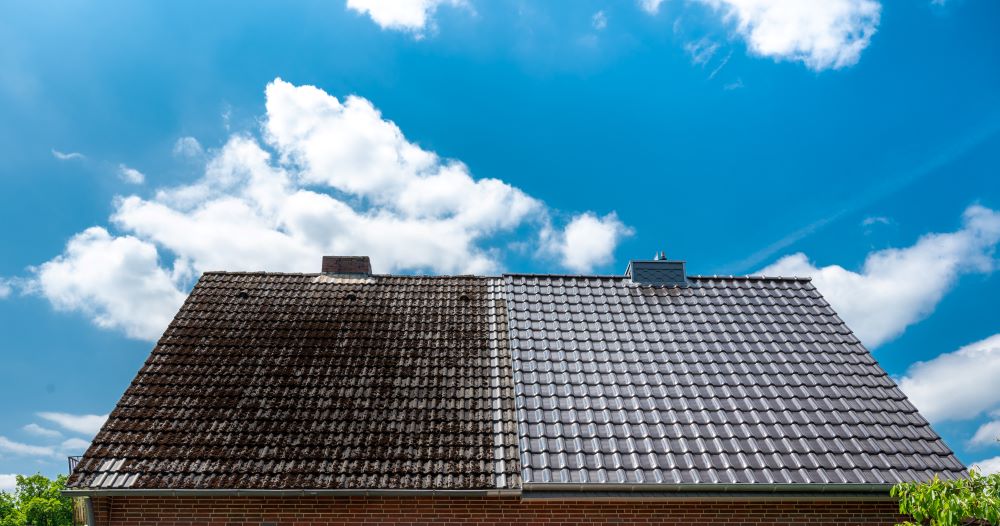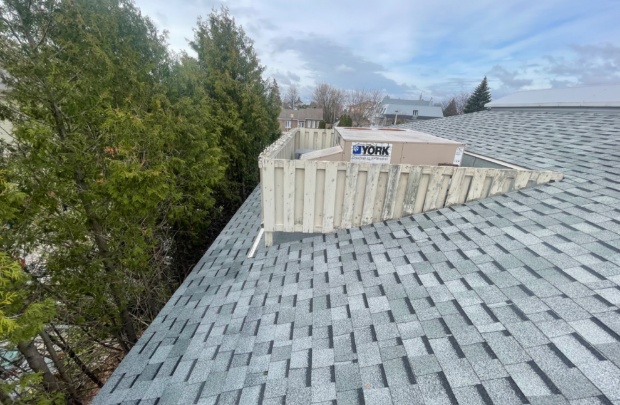“Protect your home from heat.”
At first glance, this statement may only seem to apply during the summer. However, even in winter, there are certain parts of a house that must be protected from heat and humidity, such as the attic.
In this article, our roof ventilation specialists will explain how they can help protect you from the problems that can be caused by a hot, poorly ventilated attic.
Problems caused by a hot, poorly ventilated roof
According to roofing experts, the ideal attic temperature should be within a few degrees of the temperature outside. Although there is no precise data in the Construction Code regarding acceptable temperature variations, homeowners should be aware that hot, poorly ventilated roofs are often a source of problems.
Roof coverings aging prematurely
When the temperature in the attic is too high, the roof shingles are doubly affected by the heat because they are getting it from both outside and inside the attic. This can cause the shingles to age prematurely and even warp.
In fact, many companies that manufacture and install shingles will only guarantee their product or work for homes that have adequate ventilation.
Hot, uncomfortable rooms
Heat that is not vented through roof ventilators will spread through the ceiling to the living areas of the house, making them warm and uncomfortable. This can also make extra work for the air conditioning system.
Ice build-up on the roof
In winter, a hot, poorly ventilated roof can lead to ice build-up on the edge of the roof. This can cause the roof covering to deteriorate and lead to roof leaking.
Deterioration of roof insulation
If the ceiling of the residence is not airtight and heat from the house seeps into the attic, moisture will accumulate there. Over time, the humidity can make wool or foam insulation ineffective and even cause other roofing materials to rot.
How to make sure your roof is properly ventilated
As you can see, the heat and humidity that can accumulate in a poorly ventilated roof can cause many problems.
To avoid them, there are a few steps you can take to improve the ventilation of your roof.
Inspect your roof vents and attic
During your next roof inspection, take the opportunity to check whether your roof vents, soffits and ventilators are blocked by dirt or debris. If they are, simply clean them to improve your attic’s ventilation.
When inspecting your attic periodically, be on the lookout for rusty nails and rings on the wood and insulation. These signs can indicate moisture problems due to poor ventilation.
Seal and insulate the ceiling properly
Good attic ventilation can also require a well-sealed ceiling. It’s important to limit the passage of heat and humidity between the interior of the house and the attic.
When a ceiling is not properly sealed, air from the house can be drawn into the attic and can cause considerable heat loss and moisture build-up. It’s important to make sure that the insulation is not compacted and that there is enough of it.
You can improve your ceiling insulation yourself by adding batt insulation on top of what’s already there, or contact a company that specializes in roof insulation.
Consider installing static ventilators
Generally, if your attic is well insulated and your roof has a good slope, a passive ventilator should be enough to vent warm air out of your attic. This type of ventilator is a protective piece of metal covering an opening in the roof.
On the other hand, static ventilators (often called Maximums) can be a summer solution in some cases, particularly in order to increase ventilation for low-slope roofs with insulation that cannot be improved. These work with wind and pressure differentials, creating a stack effect that directs warm air outward and promotes air flow in the attic.
In all cases, the air exchanges between the attic and the outside will have to be calibrated based on the slope of the roof.
Check whether your exhaust fans and hoods are venting into the attic
Soffits are the air intakes that ventilate the attic. When air drawn in by exhaust fans (bathroom fans, kitchen hoods, dryers and air exchangers) is vented into the soffits or near them, most of this warm, moist air is drawn directly into the attic.
This can create moisture build-up and ice dams, both of which can reduce the effectiveness of the insulation and lead to mould and rot.
In short, any device used to vent excess moisture or heat must properly connected to the roof so that the air can be released through the exhaust traps designed for that purpose.
Trust les Couvreurs Duro-Toit with your roof ventilation
In conclusion, a well-ventilated roof saves energy, improves the comfort of your home and protects the integrity of your roof. These are compelling reasons to do everything you can to optimize your roof ventilation.
If you think your attic ventilation may be sub-optimal, don’t hesitate to contact our roof ventilation specialists. They will be able to inspect your roof and offer you tailor-made solutions that will protect your home from heat and humidity.



